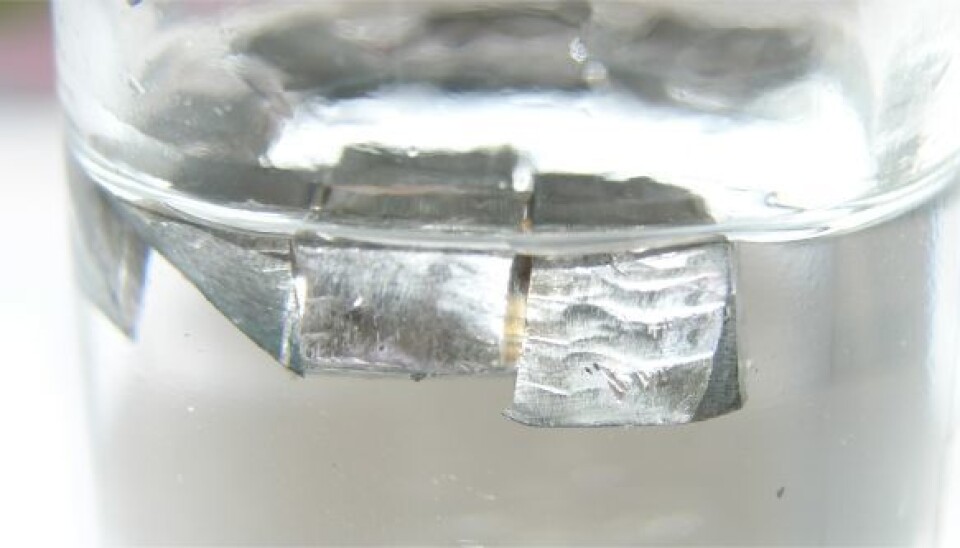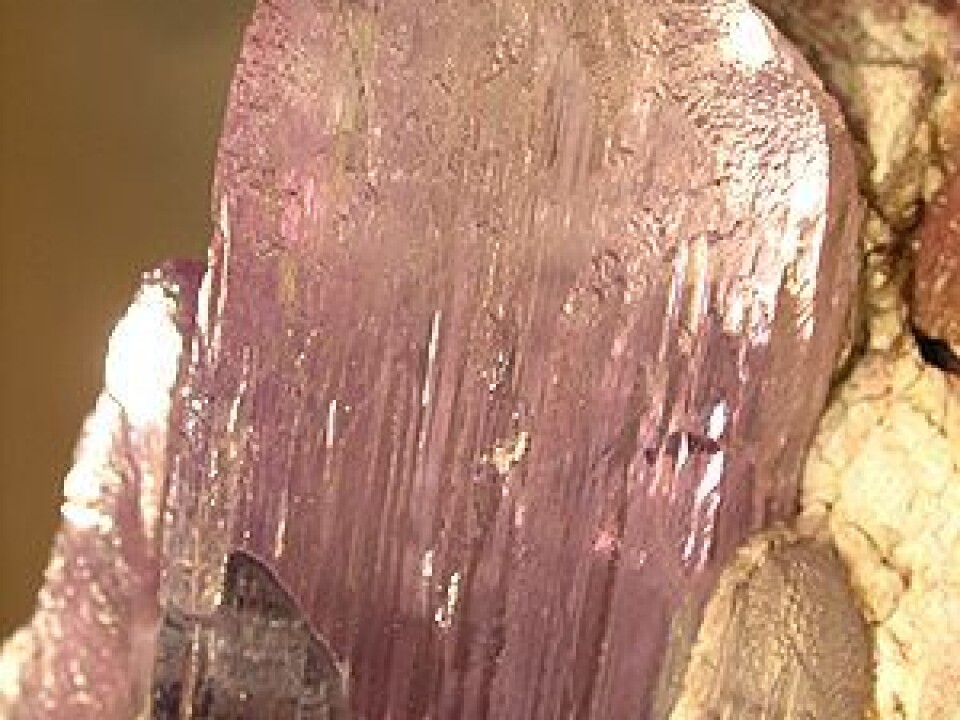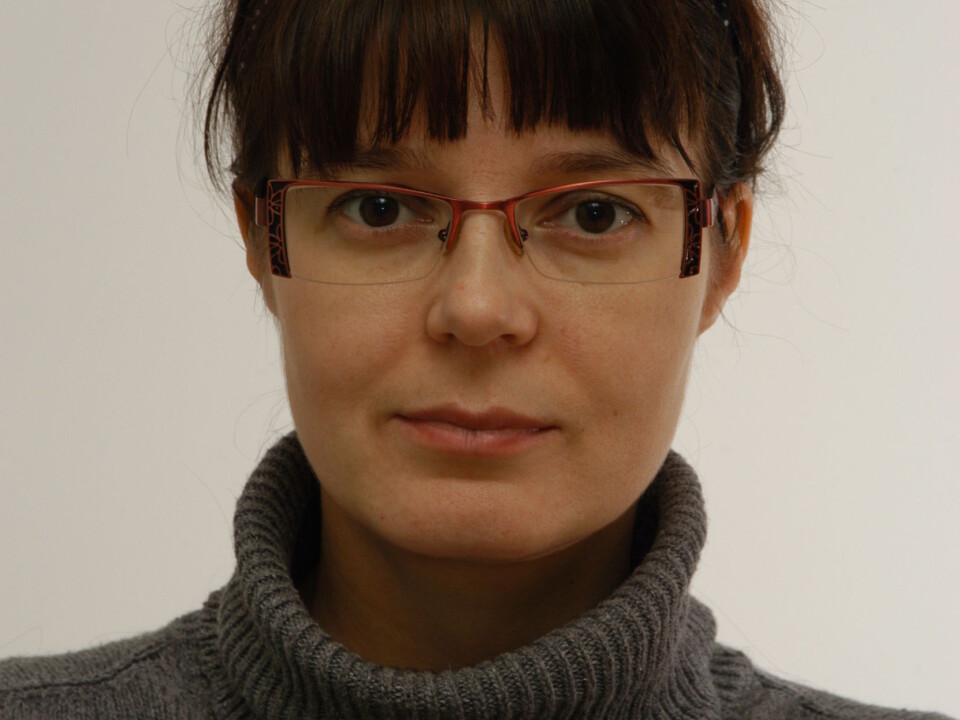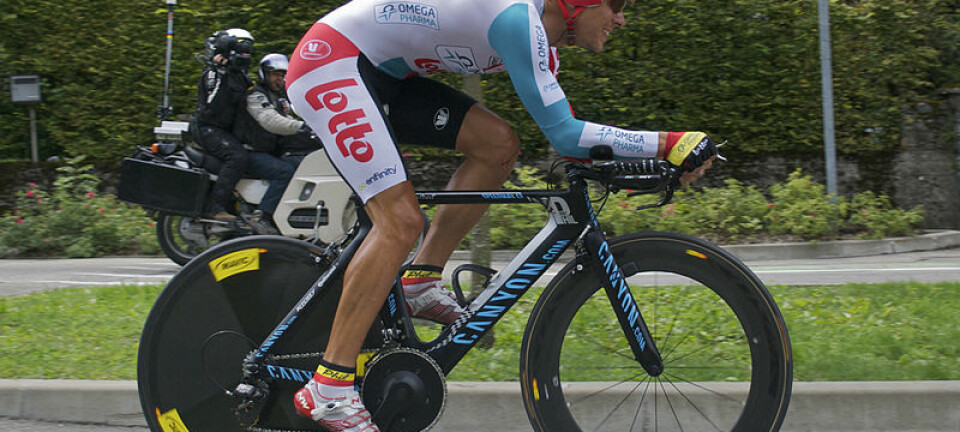An article from The Academy of Finland

Finland, the new lithium powerhouse?
Lithium is in high demand all over the world. Now mining for the valuable metal is about to start in Finland.
There are only very few places where lithium is enriched to levels that allow for commercially viable production.
Most of the world’s known lithium resources are found in South America, mainly Bolivia and Chile. But now Finland is emerging as a European powerhouse in lithium production.
Lithium is a light-weight, reactive and durable metal with a wide range of uses, including the production of batteries, aircraft and various types of coatings.
Due to its high reactivity, lithium never occurs freely in nature, and instead only appears in compounds. Lithium is mainly extracted from salt flats and lakes.

In the Finnish bedrock, lithium is enriched in coarse-grained spodumene pegmatite veins. From salt lakes, lithium is obtained in the form of salts, but in the case of spodumene, lithium is recovered by sodium carbonate dissolution procedures, which yield extra pure lithium carbonate. This is a demanding and time-consuming process, but the end product is said to be much purer than the lithium salts recovered from salt lakes.
Wide-ranging lithium research
In her postdoctoral project at the University of Helsinki, Sari Lukkari has studied the geology of the newly discovered lithium deposit in the Finnish town of Kokkola and is working closely with colleagues to develop a model for maximum cost efficiency in the discovery and extraction of ore deposits.
“This is still work in progress,” explains Lukkari. “As well as doing field studies and conducting geochemical and petrographic investigations, we’re studying the geology and genesis of lithium deposits by means of crystallisation tests.
“Comparisons of natural and synthetic rocks provide valuable information about how the deposit was formed, and this can aid us in practical ore exploration.”
Searching for drilling points

The location of underground pegmatite (crystalline rock) veins can be inferred from fan-shaped surface deposits of boulders. Pegmatite boulders have been carried and deposited in the Ice Age, and they frequently form fan-shaped structures. The sharp end of the fan is often close to the pegmatite vein hidden underground. This knowledge makes it much easier to decide where to start drilling.
Clues on where to look for more profitable excavation sites are also searched from within the ore.
Lithium-containing spodumene occurs naturally in the form of α spodumene; in this form lithium will not dissolve even in strong mineral acids. For this it must first be converted at temperatures of 950–1000 degrees Celsius into β spodumene so that the lithium can be extracted. The composition of spodumene varies slightly at different temperatures, and the process requires considerable thermal energy.
“We’ve been studying the reasons behind these changes in composition,” says Lukkari. “Our preliminary results indicate that a higher iron content explains lower deformation temperatures, but the range of temperature variation is rather restricted.”
The plan is to separate the lithium from the mineral using inexpensive and environmentally friendly biogas made from agricultural biomass and waste from fur farms.
The results will help to concentrate commercial excavation in areas with higher grade spodumene. The narrow range of deformation temperature is a beneficial factor with respect to industrial process control, she explains.
Relatively green energy source
The lithium deposit in Kokkola has been known since the 1960s when early drillings began in preparation for mining operations.
The necessary enrichment and refinement trials were completed back then; however, production did not start up due to unfavourable market conditions.
Nordic Mining (see factbox) and its subsidiary are currently in the process of surveying the area with a view to starting up quarrying operations within the next couple of years.
The lithium will be mined in an open-pit quarrying operation. No major environmental hazards are foreseen.
“The plan is to separate the lithium from the mineral using inexpensive and environmentally friendly biogas made from agricultural biomass and waste from fur farms,” says Lukkari.
“By-products from the operation, including analcime, tantalum and quart-feldspar mixture, can also be used in the ceramics and the electronics industry. Crushed stone will be used in road construction and later on to rehabilitate the quarry.”
External links
- Sari Lukkari's profile
- The University of Helsinki’s Department of Geosciences and Geography
- Keliber's website





